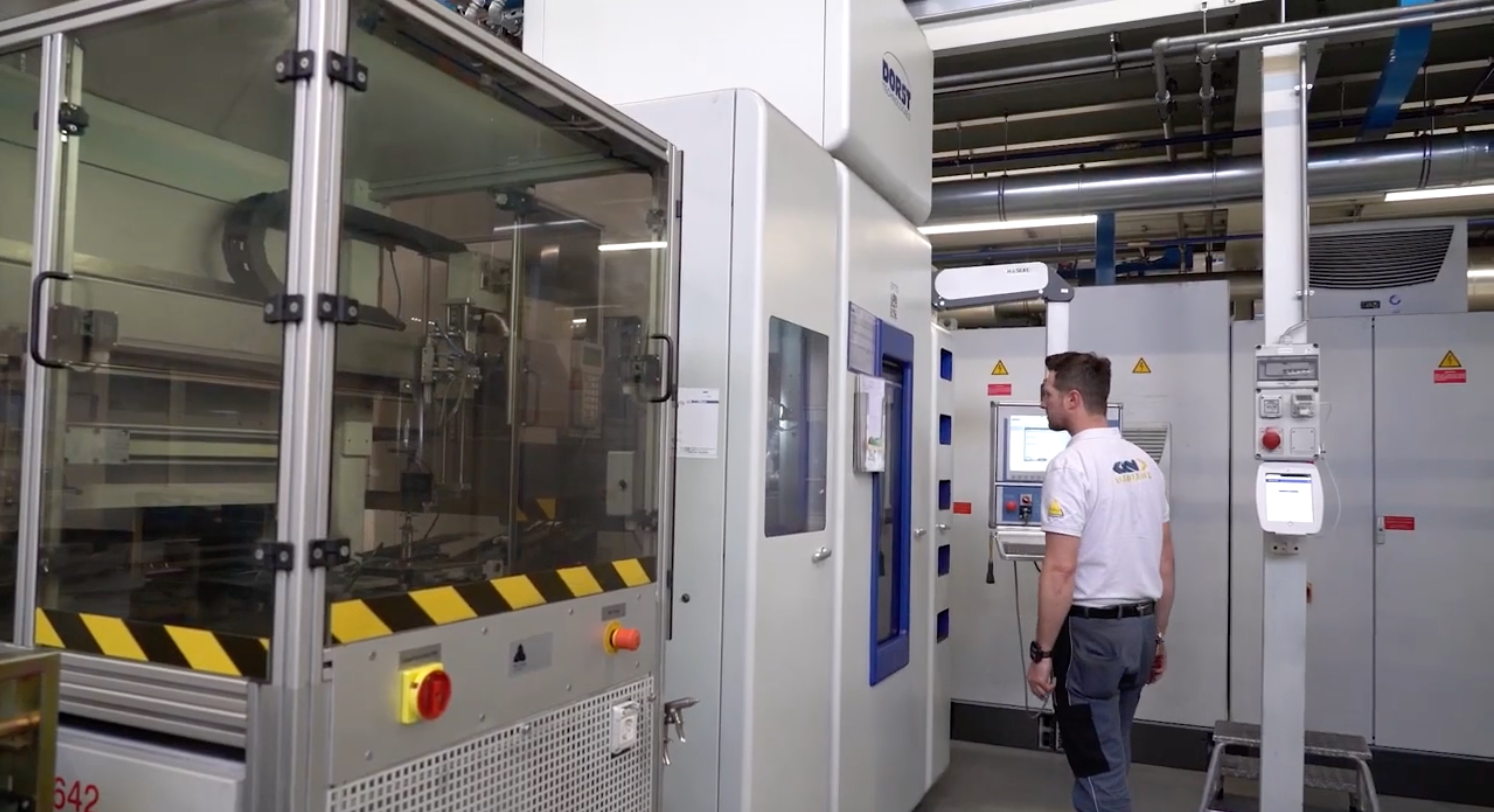If you’re managing operations, procurement, or production workflows, understanding lead time is essential to reducing delays, improving efficiency, and staying competitive. This article unpacks the concept of lead time, explores why it matters, and how you can strategically reduce it to boost productivity—especially in manufacturing and industrial environments.
What is lead time?
Lead time refers to the total time it takes to complete a process from start to finish. In business, it’s most commonly used in production, supply chain, and project management contexts. At its core, it measures the period between the initiation of a task and its completion.
For instance, in manufacturing, it might describe the duration between receiving a customer order and delivering the finished product. In procurement, it captures the time from ordering raw materials to receiving them.
Why lead time matters
Lead time directly impacts customer satisfaction, production planning, inventory management, and operational efficiency. Long or inconsistent lead times can create bottlenecks, increase holding costs, and damage your reliability as a supplier.
Here’s why reducing lead time is critical:
- Improves responsiveness to market demand: Companies that respond faster gain a competitive edge.
- Reduces inventory holding costs: Shorter lead times allow for leaner inventories.
- Increases supply chain agility: Less lag means faster adaptation to changes.
- Enhances cash flow: Quicker cycles result in faster revenue recognition.
The different types of lead time
1. Customer lead time
The duration between when a customer places an order and when they receive the product. This is often the most visible and critical measure from a customer satisfaction standpoint.
2. Material lead time
The time taken to source and receive materials from suppliers. Any delays here can disrupt downstream manufacturing schedules.
3. Production lead time
The period needed to manufacture a product once materials are available. It includes setup, processing, inspection, and packaging.
4. Order lead time
This includes all aspects of processing an order—from receipt and production to shipment and delivery.
5. Cumulative lead time
An aggregate of all individual types, offering a holistic view of how long it takes to fulfill an order from end to end.
Common causes of long lead times
Understanding what causes delays can help identify areas for improvement. Common contributors include:
- Poor supplier performance or capacity issues
- Inefficient internal processes
- Complex approval workflows
- Bottlenecks in production
- Inventory stockouts or mismanagement
How to reduce lead time
1. Automate order processing
Automating order intake and approval processes minimizes manual touchpoints, reducing human error and administrative delays.
2. Work with reliable suppliers
Form partnerships with dependable suppliers that have consistent turnaround times. Consider establishing local supplier relationships to shorten transit times.
3. Use demand forecasting
Forecasting demand accurately helps reduce surprises and avoid last-minute orders, thereby decreasing time needed for procurement.
4. Implement lean manufacturing principles
Techniques such as Just-In-Time (JIT), Kaizen, and value stream mapping can help minimize waste and streamline production cycles.
Additionally, digital manufacturing software platforms can also contribute to making manufacturing environments leaner. Systems like Computerized Maintenance Management Systems (CMMS), Warehouse Management Systems (WMS) and Connected Worker Platforms like Workerbase are just some types of systems that can be implemented
5. Consolidate shipments
Batching orders can improve freight efficiency, though it may need to be balanced with inventory turnover goals.
6. Cross-train employees
By ensuring that more staff can handle multiple tasks, you’re better equipped to handle unexpected disruptions in workflow.
7. Digitize the supply chain
Using tools like ERP and MES software helps synchronize supply chain activities and provide real-time visibility.
The impact on inventory management
Shorter lead times make it easier to implement lean inventory models such as:
- Just-In-Time (JIT): Minimizes inventory levels and reduces storage costs.
- Kanban Systems: Triggers production based on demand, reducing excess.
- Economic Order Quantity (EOQ): Balances ordering costs with inventory holding costs.
With long lead times, businesses often have to stockpile inventory “just in case,” leading to high holding costs and potential obsolescence.
Industry benchmarks: what’s a good lead time?
There’s no one-size-fits-all answer—benchmarks vary based on industry, product type, and geography. However:
- Manufacturing (standard goods): 2–4 weeks is typical.
- Custom or high-complexity manufacturing: 6–12 weeks or more.
When lead time becomes a competitive advantage
In B2B environments, especially manufacturing, shorter lead times can attract new customers, reduce churn, and enable dynamic pricing models.
Key metrics to track
- On-Time Delivery Rate (OTD): Measures how often deliveries meet scheduled dates.
- Supplier Lead Time: Tracks average procurement delays from each vendor.
- Production Cycle Time: How long it takes to produce one unit.
- Order Fulfillment Cycle Time: From order to delivery.
- Perfect Order Rate: Measures complete, on-time, damage-free orders.
FAQs about lead time
Q: Can you eliminate lead time entirely?
A: No. Every process takes time. The goal is to make it as efficient and predictable as possible.
Q: How does variability in lead time affect business operations?
A: Inconsistent lead times make forecasting and planning unreliable, which can lead to overstocking or missed delivery commitments.
Q: Is shorter always better?
A: Not necessarily. Compressing lead time without process readiness can compromise quality or increase costs.
How Workerbase helps reduce lead time
At Workerbase, our platform is designed specifically for industrial environments where reducing lead time translates directly to higher productivity and profitability. Our real-time workflow orchestration system ensures that every task—from machine setup to material delivery—is optimized and executed without unnecessary delays.
Using digital work instructions, automated alerts, and real-time data capture, Workerbase gives operators and supervisors the tools they need to identify bottlenecks, respond faster, and maintain consistency across shifts. Whether you’re trying to reduce setup time or manage high-mix production, Workerbase enables smart manufacturing practices that make shorter lead times a reality.
To learn more about how we are transforming manufacturing and improve performance, get in touch below.




